
Contractions will not be so scary for a woman in labor if you learn more about them. It is the fear and uncertainty of a woman that sometimes make the period of labor so painful and difficult.
In this article, we will tell you what stages you have to go through during childbirth, how long the contractions will last, and how uterine contractions are felt at different stages.
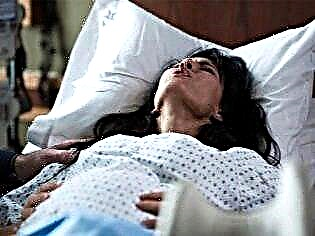
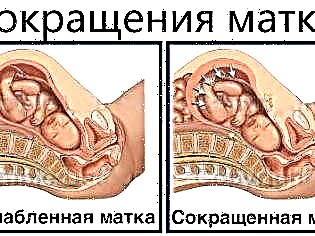
What it is?
Contractions of the uterine muscles, which occur periodically and constantly dynamically increase, are called the "fight" for the nature of the pain. She "grasps" the back, waist and belly of the woman in labor, and then gradually "lets go". Normal childbirth always begins with the appearance of such sensations. Of course, there may be several options. For some, water initially leaves, for some, the outpouring of amniotic fluid and contractions occur simultaneously. But these options are considered complications and have nothing to do with the norm. The mechanism of contractions is very complex. So, they can start only if a number of important conditions are met:
- in the body of the pregnant woman, enough relaxin and oxytocin are produced, and the level of progesterone, which helped to maintain the pregnancy, decreased;
- the cells of the uterine tissue have accumulated a sufficient amount of protein - actomyosin, which provides contractile ability at the cellular level;
- the cervix is quite "mature", softened and elastic.

Contractions begin in one part of the muscle tissue of the uterus and gradually spread to neighboring areas, until the entire body of the uterus, as well as the cervix, is involved in the contraction.
This tight and round muscle is very strong, and therefore its opening is a long matter. The fibers of the neck with each contraction become shorter, the neck itself opens. When the unfolding is complete, it will be possible for the baby to leave the womb.
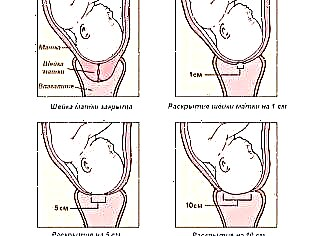
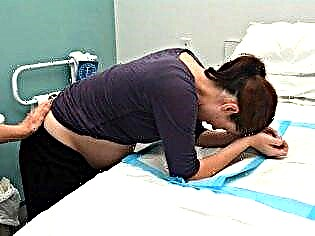
Periods and stages
A woman cannot control contractions. They begin and develop independently of her will.
The first uterine contractions are called latent (latent). You can distinguish them from false ones by the frequency of repetition. False contractions, which were present during the period of "harbingers", were repeated infrequently and were generally not very painful. And if they caused inconvenience, they were more psychological.
Real contractions from the very beginning occur at regular intervals. The first contractions can be quite short and infrequent. One contraction is usually repeated every 30-40 minutes and lasts no more than 20 seconds. If this happens, there can be no doubt - labor has begun.
But you shouldn't panic and run around your apartment looking for a phone to call an ambulance at this stage. The latent period of contractions is the longest, a woman has at least 4-6 hours to calmly get ready and no less calmly go to the maternity hospital, not forgetting documents and things important for hospitalization.

A woman needs to come to the maternity hospital when the contractions are repeated every 10 minutes, and in the second or third birth a little earlier, since each stage of labor with a repeated pregnancy proceeds faster.
Continuation is the active phase of contractions. It usually is already under the supervision of doctors. It is believed that it begins after the cervix has opened three centimeters. Contractions intensify, each lasting at least 40-50 seconds, they are repeated every 4-5 minutes. After this period, the stage of the strongest contractions begins.
Uterine contractions in the transition period before pushing are repeated every 1-2 minutes and last a maximum of 60-70 seconds. The cervix is fully open, the dilatation is 10-12 centimeters.
Then attempts begin, in which the baby is "pushed" into the birth canal and passes along them. A woman can already partially influence this process, making certain efforts for a faster completion of labor. You need to push only at the command of the obstetrician. Childbirth will end not with the birth of a child, but with the birth of the placenta. Usually, the subsequent stage of labor is less painful.

Duration
The main question is how long the contractions last. It is quite difficult to answer it unequivocally, because a lot depends on the individual characteristics of the female body, on the number of births, on possible complications, which are rather difficult to foresee. On average (these are very averaged values), contractions last as long in time:

The woman cannot regulate the duration. Medical workers cannot influence the length of uterine contractions in time.
In some cases, it is required to stimulate, speed up the contractions, if they are too sluggish, and the cervical dilatation is slow. In this case, bladder catheterization or amniotomy (mechanical opening of the fetal sac) is done. After the bladder is punctured, sometimes the contractions "diverge", and the subsequent period is somewhat reduced.
Contractions will continue until the release of the fetus. After that, uterine contractions are activated only at the moment of expulsion of the placenta. This stage takes an average of 20 to 40 minutes; in primiparous women, the placenta is usually separated faster than in repeated births.
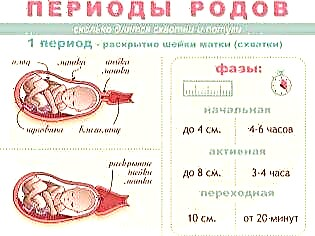

Feel
A woman can feel the change of stages, focusing not only on the time frame. Initial contractions at first resemble pain during menstruation, and then they have a clear encircling nature. Pain arises, according to women, somewhere in the mid-back area, quickly passes to the lower back and sacrum, to the very bottom of the abdomen and rises up the abdominal wall.
After a while, the pain subsides. In the active phase of labor, uterine contractions are more painful, frequent, intense. The transition from contractions to attempts is characterized by sudden sensations of sharp pressure below, the woman in labor has a desire to push, to empty the intestines.

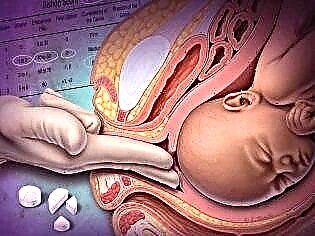
How to make it easier?
The knowledge and skills that a pregnant woman can acquire in courses for expectant mothers held in every antenatal clinic will help relieve pain.
Thus, the correct breathing of a woman in labor will not only provide the newborn baby with a sufficient level of oxygen throughout the entire process, but will also naturally reduce pain. When the body, especially the brain, is saturated with oxygen, the female body produces more endorphins. These hormones not only give a feeling of happiness and mild euphoria, but also have a pronounced analgesic effect.

In the early stages of contractions, you should practice deep and calm slow breaths and exhalations. In this case, the duration of the exhalation should be approximately twice the duration of the inhalation.
When the contractions become frequent and painful, the woman needs to alternate calm breathing between contractions with rapid and intense breathing at the peak of the pain.
In pushing, a deep breath and holding the breath are used at the moment of pushing, while puffing up the cheeks and straining the head is not necessary to exclude hemorrhages, pushing "downward", and the air-filled chest "pushes" the baby, as it were, promotes his expulsion from the womb.

Massage of the sacral area also helps. A woman can do it herself, or she can enlist the support of a partner if joint childbirth is expected.
There are also certain postures in which it is much easier to survive the contractions. They can also be designed for singles or partner deliveries.
A warm shower helps to facilitate contractions, many modern maternity hospitals have such capabilities, women in labor are allowed to shower in the initial and active phase of labor as much as they want.
You need to try poses, hone correct breathing and practice self-massage even during pregnancy, before childbirth, so that later, when everything starts, you can reproduce all the necessary actions automatically.
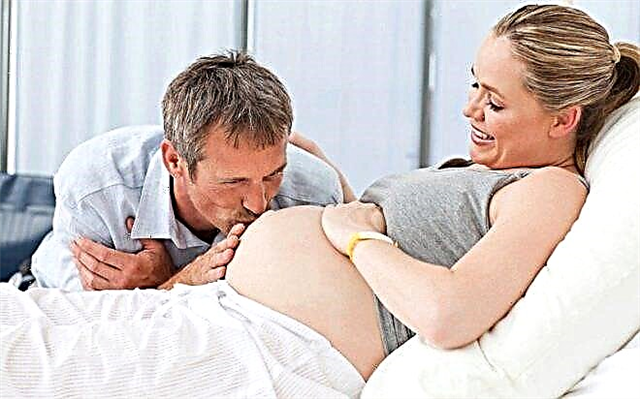
The specialist tells more about how long the contractions last in the next video.



